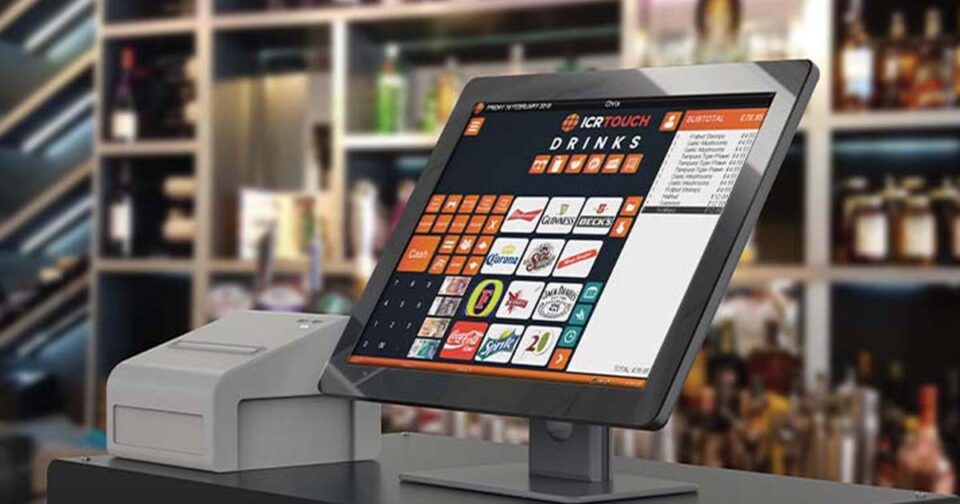In the complex dance of commerce, cashier windows play a critical role. They serve as the primary point of transaction between businesses and their customers. Over the years, as consumer behavior has evolved and security threats have diversified, these windows and teller window have been subjected to continuous refinement. Today, they represent a harmonious blend of functionality and security, ensuring smooth transactions while safeguarding both assets and individuals.
Historical Context
Historically, cashier windows were simple structures. Their primary function was to facilitate the exchange of goods or services for money. As businesses grew and security became a concern, especially in settings like banks or ticket counters, these windows started to adopt features that could deter potential threats, like thicker glass or metal grates.
The Dual Mandate
Modern cashier windows have a dual mandate. First, they must offer ease of transaction. This involves ensuring clear communication between the customer and the cashier, facilitating the seamless exchange of money or cards, and even incorporating digital tools for electronic payments.
Secondly, and equally importantly, they have to prioritize security. With rising concerns about theft, fraud, and even potential harm to employees, contemporary cashier windows are designed to offer robust protection against a multitude of threats.
Functional Features
- Ergonomic Design: Cashier windows now consider the comfort of the cashier. They’re designed ergonomically, often adjustable to suit the cashier’s height and equipped with features like anti-glare screens.
- Communication Tools: Given that thick glass or other materials can hinder clear communication, many windows are equipped with electronic voice transmission systems. This ensures that both parties can hear each other without strain.
- Digital Integration: With the world moving towards cashless transactions, cashier windows are increasingly equipped with digital payment terminals, touchscreens, and other tools that facilitate electronic payments.
Security Enhancements
- Bulletproof Glass: In high-risk areas, especially banks or currency exchange counters, bulletproof or bullet-resistant glass is used to protect cashiers from potential armed threats.
- Pass-Through Drawers: These allow cashiers to receive or dispense cash or goods without fully opening a window, thus limiting vulnerability.
- Electronic Surveillance: Modern cashier windows are often monitored by CCTV cameras, adding an extra layer of security. This not only deters potential criminals but also aids in post-incident investigations if required.
- Authentication Features: In advanced settings, cashier windows come equipped with features like fingerprint or facial recognition systems. This ensures that only authorized personnel can access the cashier area or handle the transactions.
Adapting to the Modern Consumer
While security remains paramount, modern cashier windows also need to cater to the evolving demands of contemporary consumers. This means faster transaction times, the capability to handle various payment modes, including mobile wallets or contactless payments, and even offering features like privacy filters for sensitive transactions.

